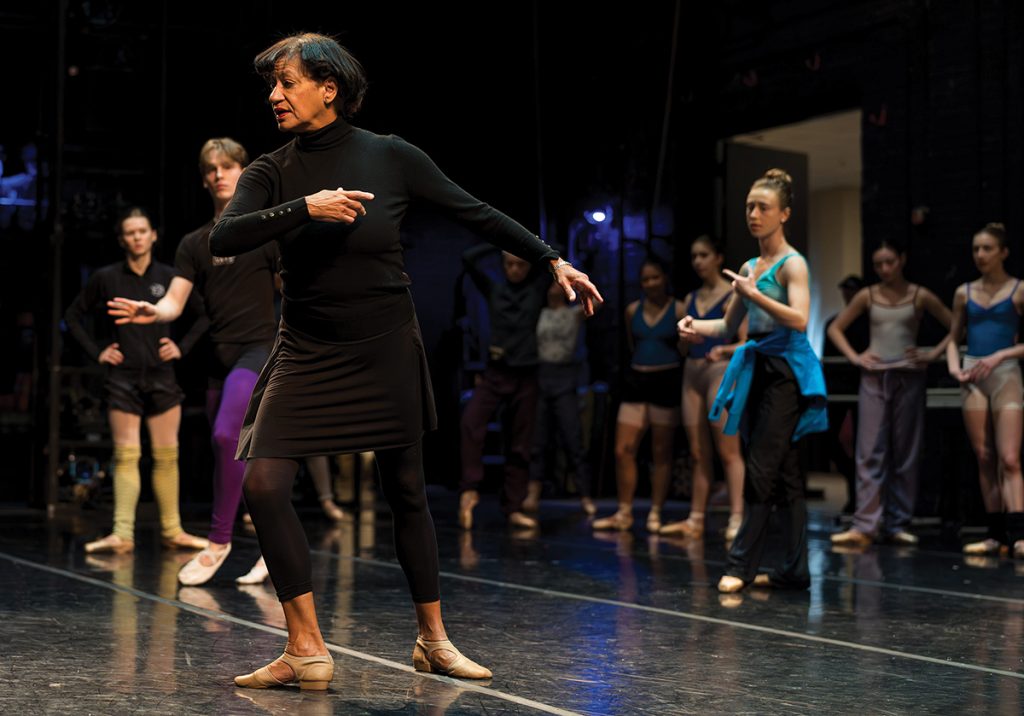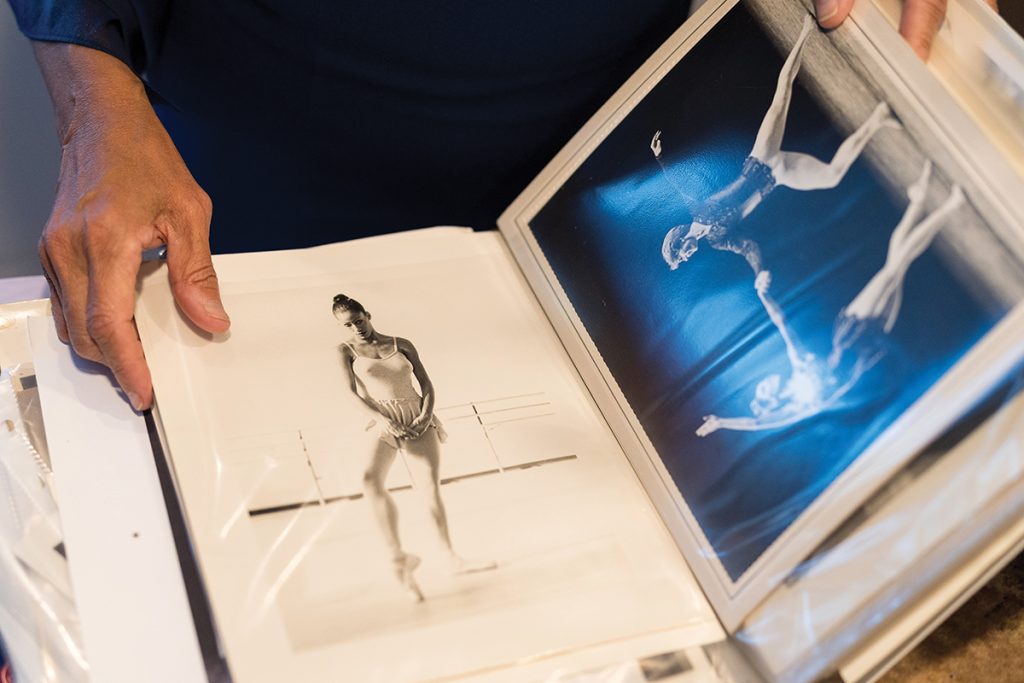Selected by George Balanchine to dance in the New York City Ballet, Austin became the company’s first female Black dancer in 1971.
by Hampton Williams Hofer | photography by Justin Kase Conder
From the front of a sunlit studio on Stony Brook Drive, Debra Austin guides the next generation of dancers at our city’s professional ballet company. Her soft demeanor does not betray the force that she has been in the world of ballet: fiery on stage, meticulous as a teacher and brave in blazing her own way in a historically white, elitist art form.
Austin was the first Black female dancer to join the New York City Ballet and later the first Black ballerina to become a principal dancer with a major American ballet company, the Pennsylvania Ballet. Fortunately for Raleigh, her transcontinental journey as a ballerina, wife and mother landed her here, as a ballet master for Carolina Ballet and teacher at The School of Carolina Ballet.
For Austin, the art of ballet holds immense importance. “It matters because it’s so beautiful,” she says. “Gorgeous costumes and bodies and music — it’s an incredible art form. Like anything, you have to learn to appreciate it, and then you can see the beauty of ballet.”
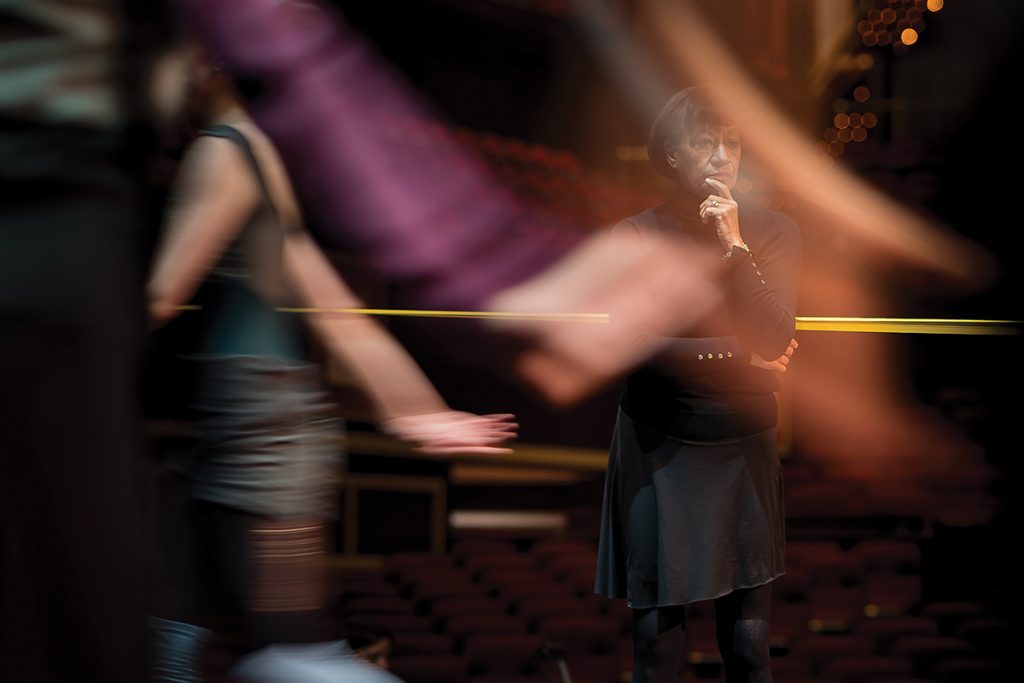
Austin was 8 years old in 1963, when she and her family moved from Harlem to the Bronx. She befriended a new neighbor who was taking ballet with a teacher down the street. But after one class, the teacher, a former Rockette from Radio City Music Hall, promptly informed the Austins that their daughter had “no talent.” Undaunted, Austin and her parents found another studio. “I believe in finding out for yourself what you can and cannot do,” Austin says.
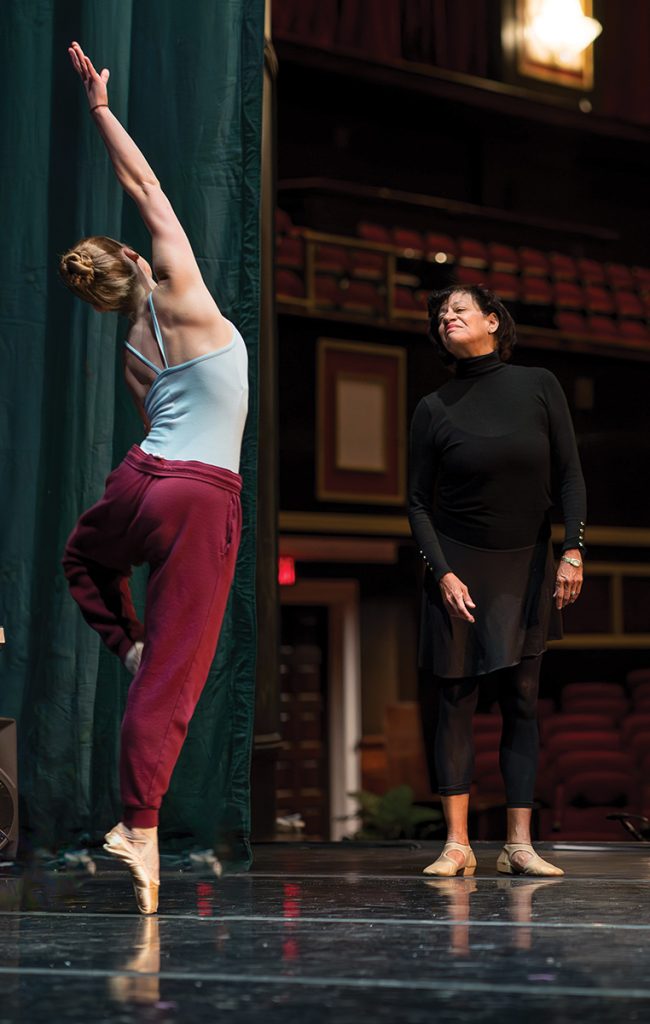
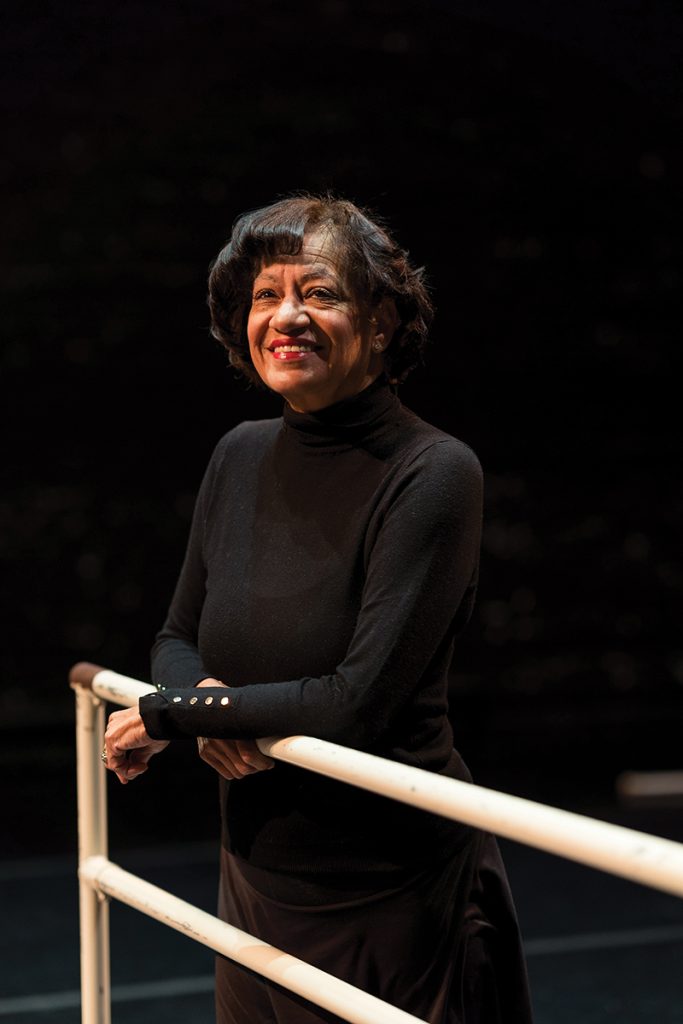
By the time Austin was 12, she had earned a Ford Foundation Scholarship into the prestigious School of American Ballet, the associate school of the New York City Ballet, which boasts the largest repertoire of any American ballet company. Four years later, renowned choreographer George Balanchine came in to observe a class just after the summer break. He saw something in Austin and handpicked her to join the New York City Ballet, making her the company’s first Black female dancer in 1971, at age 16.
“From the moment Debbie flew onto the New York City Ballet stage with all her might and flight and grace, with the most gorgeous legs and feet, as lithe and stunning as a gazelle, Mr. B knew a ballet star was in the making,” says Austin’s longtime friend Lilly Tartikoff, a ballet prodigy in her own right. “She was my best friend from the moment we met and remains one of the most genuine, talented, kind and beautiful women I have ever known.”
Austin danced many principal parts in the New York City Ballet productions, including Symphony C, Divertimento #15 and Ballo Della Regina, in which Balanchine choreographed a signature solo for her. (Austin’s daughter, Olivia Boieru, 26, has watched her mother’s Ballo Della Regina solo over 1,000 times.
“Each time I watch the video, I wish I could have been one of the lucky people to witness in person that amount of joy, grace and strength on stage,” she says.) Of the performance in Ballo Della Regina, The New York Times declared that Austin “reigned supreme… soaring into space.”
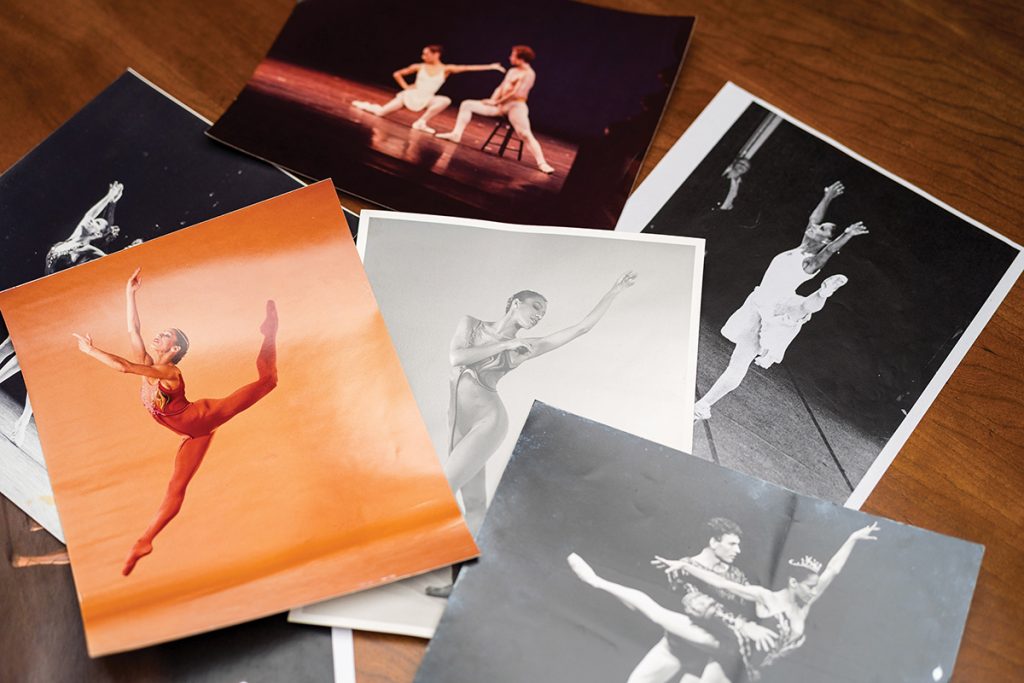
After nine years with New York City Ballet, Austin moved to Switzerland to join the Zurich Ballet, where she was promoted to soloist. There, she expanded her repertoire by dancing numerous principal roles, including Myrtha in Heinz Spoerli’s Giselle, and touring throughout Europe. Then, in 1982, Austin further solidified her role in history by accepting a contract with the Pennsylvania Ballet under then-artistic director Robert “Ricky” Weiss. Weiss made Austin a principal, which in turn made her the first Black ballerina to reach the rank of principal dancer with a major American ballet company.
In Pennsylvania, Austin shined in lead roles in Swan Lake, A Midsummer Night’s Dream, Giselle and Coppélia, and danced the Sugar Plum Fairy and Dewdrop in Balanchine’s The Nutcracker. While breaking barriers as a Black woman in ballet, “race wasn’t at the forefront of my career,” Austin says. But she does recall one incident when she was cast as a lead in La Sylphide, one of the world’s oldest surviving ballets, which features dances by an air spirit called a sylph.
The man staging the production claimed he didn’t really “see” Austin as playing a sylph. When Weiss asked him why, he said he simply hadn’t seen a Black sylph before. Weiss replied: Well, have you ever seen a sylph before? “Ricky was colorblind, and I was fortunate,” Austin says. “He cast me in so many classical ballets because he believed in me, and that was not always the story with other directors.”
While in Pennsylvania, Austin met Romanian dancer Marin Boieru, who won the gold medal at the International Ballet Competition-Varna, and who has performed as a principal dancer and toured in numerous companies in the U.S. and Europe. Austin and Boieru danced together for eight years before Austin’s retirement from dancing in 1990 at age 35. They were married in 1992 and both went on to teach ballet in Florida.
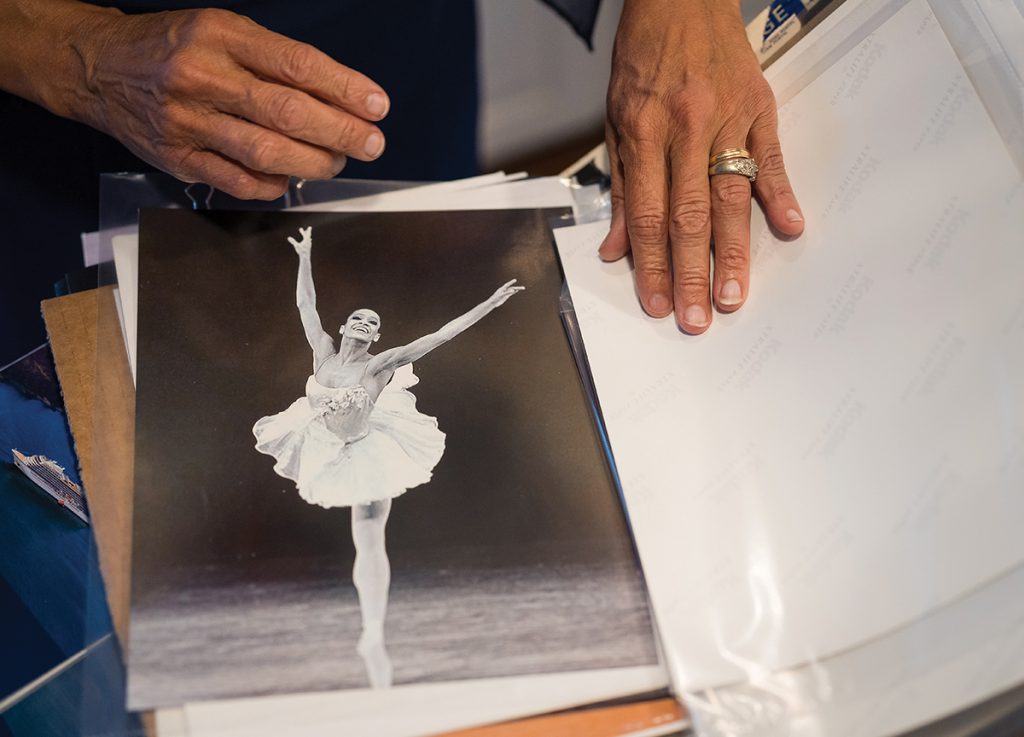
Then Weiss was hired as the director of a brand new regional ballet company: Carolina Ballet in Raleigh. Believing in their artistic values and vision, Weiss recruited Austin and Boieru to train and develop the dancers at Carolina Ballet, and they moved to Raleigh in 1997.
“Our daughters were 5 and 18 months, and bringing a young family here was perfect,” Austin says. They’ve made Cary, and the Carolina Ballet, their home. Austin’s lifelong friend Mary Paranicas has relished her front-row seat to Austin’s extraordinary journey: “From our early days of playful twirls in the living room, to her signature jumps in roles choreographed for her by George Balanchine, she has always been a role model for me,” Paranicas says.
“She has not only elevated the world of ballet with her exceptional skill but has also become a symbol of inclusivity and diversity.” At Carolina Ballet, Austin helps make ballet accessible to everyone, training 10-year-olds up to pre-professionals, opening doors for young dancers to learn and train.
Both now ballet masters teaching classes at Carolina Ballet, Austin and Boieru impart their knowledge onto young dancers and company hopefuls. Jan Burkhard, principal dancer with Carolina Ballet and chairman of the faculty for the School of Carolina Ballet, counts herself fortunate to have worked closely with Austin for nearly two decades.
“Debbie has the ability to give you confidence in your dancing. She has bestowed her knowledge on many, and anyone can attest to its authenticity and honesty,” says Burkhard, “Anyone who has had Debbie as a teacher is lucky.”
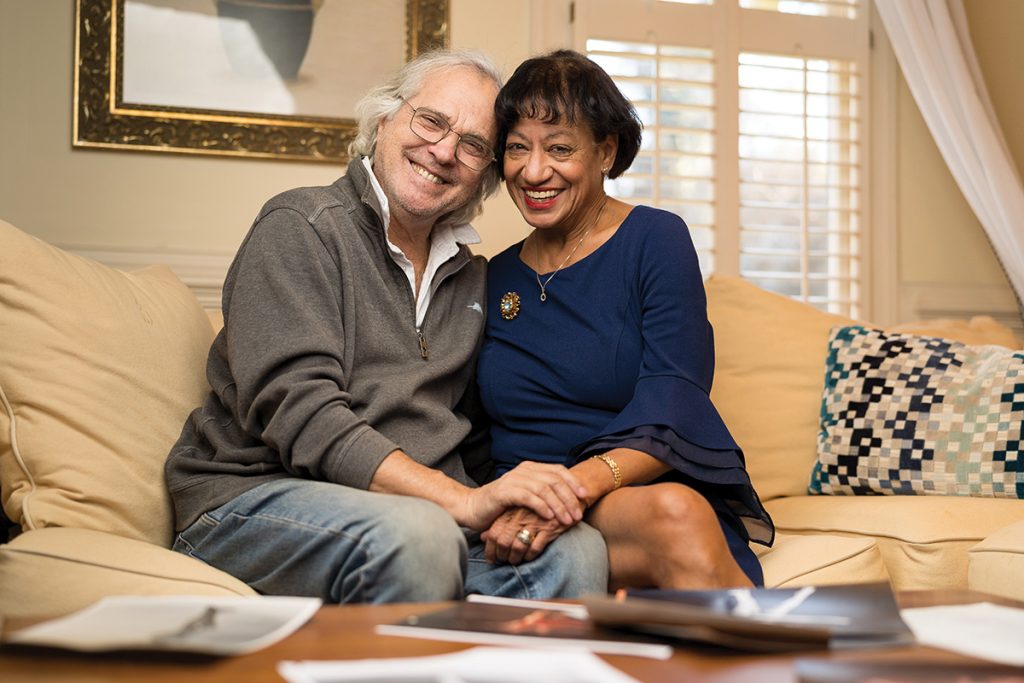
Carolina Ballet has grown to become one of the country’s premier professional ballet companies, producing some 400 ballets and garnering international acclaim. While Austin has returned to the School of American Ballet as a guest teacher and serves on the Alumni Advisory Committee on Diversity and Inclusion there, she remains devoted to Carolina Ballet as head mistress.
“She’s the most unassuming, gentle being to ever grace this studio, oozing the love she has for ballet, and she shares it with anyone willing to absorb it,” says Zalman Raffael, Carolina Ballet’s artistic director and CEO, who has known about Austin for 20 years, since he was a child honing his craft at the New York City Ballet. “Debbie is an icon. A legend if there ever was one.”
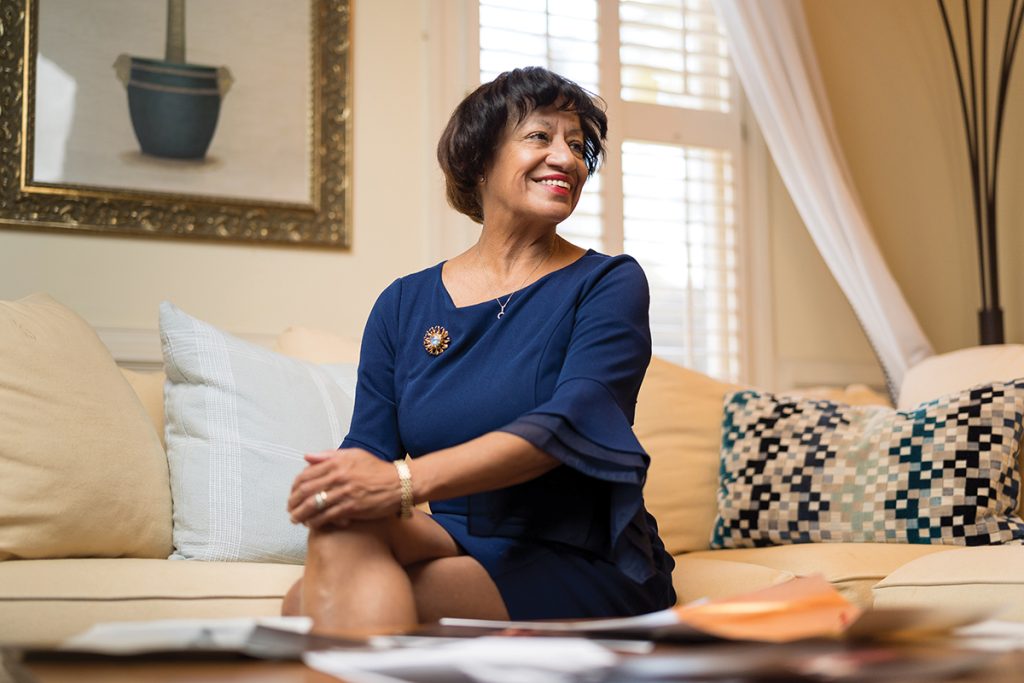
Austin still spends her days in a ballet studio, now coaching, teaching the next generation her mastery of Giselle. Her daughters are grown, flown, pursuing their own passions, but still inspired by where they came from. “Balanchine saw something in my mom, which led her to pave the way for countless women and women of color,” Olivia says. “Every day, I am proud to be her daughter.”
This article originally appeared in the February 2024 issue of WALTER magazine.

